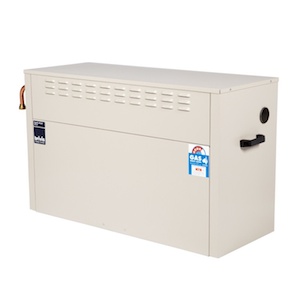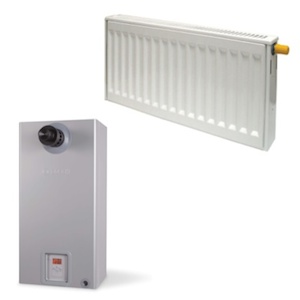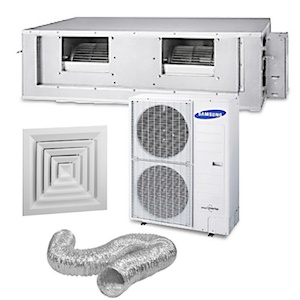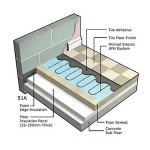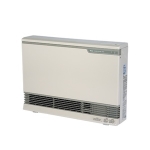Home Heating System Types – The PROS & CONS
Last updated 2 Feb 2016
| Heating System Type | Description | Things to Consider | The PROS | The CONS |
|---|---|---|---|---|
|
GAS DUCTED HEATING
|
Designed to heat the whole house |
|
|
|
|
GAS FIRED HYDRONIC
|
Designed to heat the whole house. These systems circulate heated water through radiator panels, fan-coil units or in some cases via pipes in a concrete slab. |
|
|
|
|
DUCTED REVERSE |
Whole house heating and cooling through one set of ducts, usually in the ceiling |
|
|
|
|
ELECTRIC IN-SLAB HEATING
|
Electric coils run through a concrete slab, generally runs on a cheaper off-peak electricity tariff |
|
|
|
|
GAS ROOM HEATER |
Designed to heat a single room or open plan area. Can be flued or unflued. Can be run on natural gas or LPG(more expensive). Unflued heaters can only be run on LPG |
|
|
|
|
SPLIT REVERSE
|
Designed to heat a single room or open plan area. Split system or window wall models available. Reverse-cycle systems can both heat and cool. |
|
|
|
|
PORTABLE
|
Designed to provide single room heating only, for short periods |
|
|
|
(Visited 13 times, 1 visits today)

